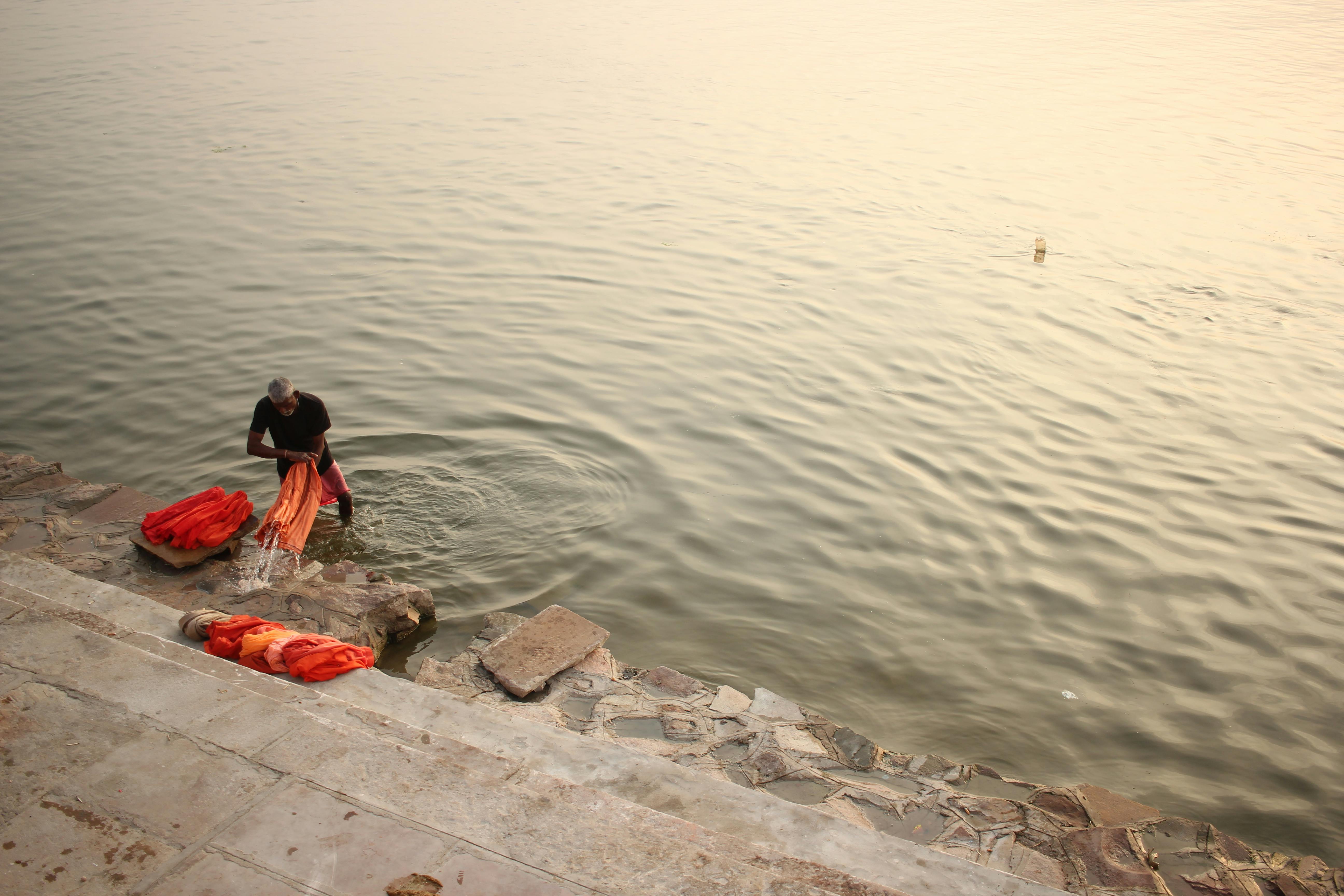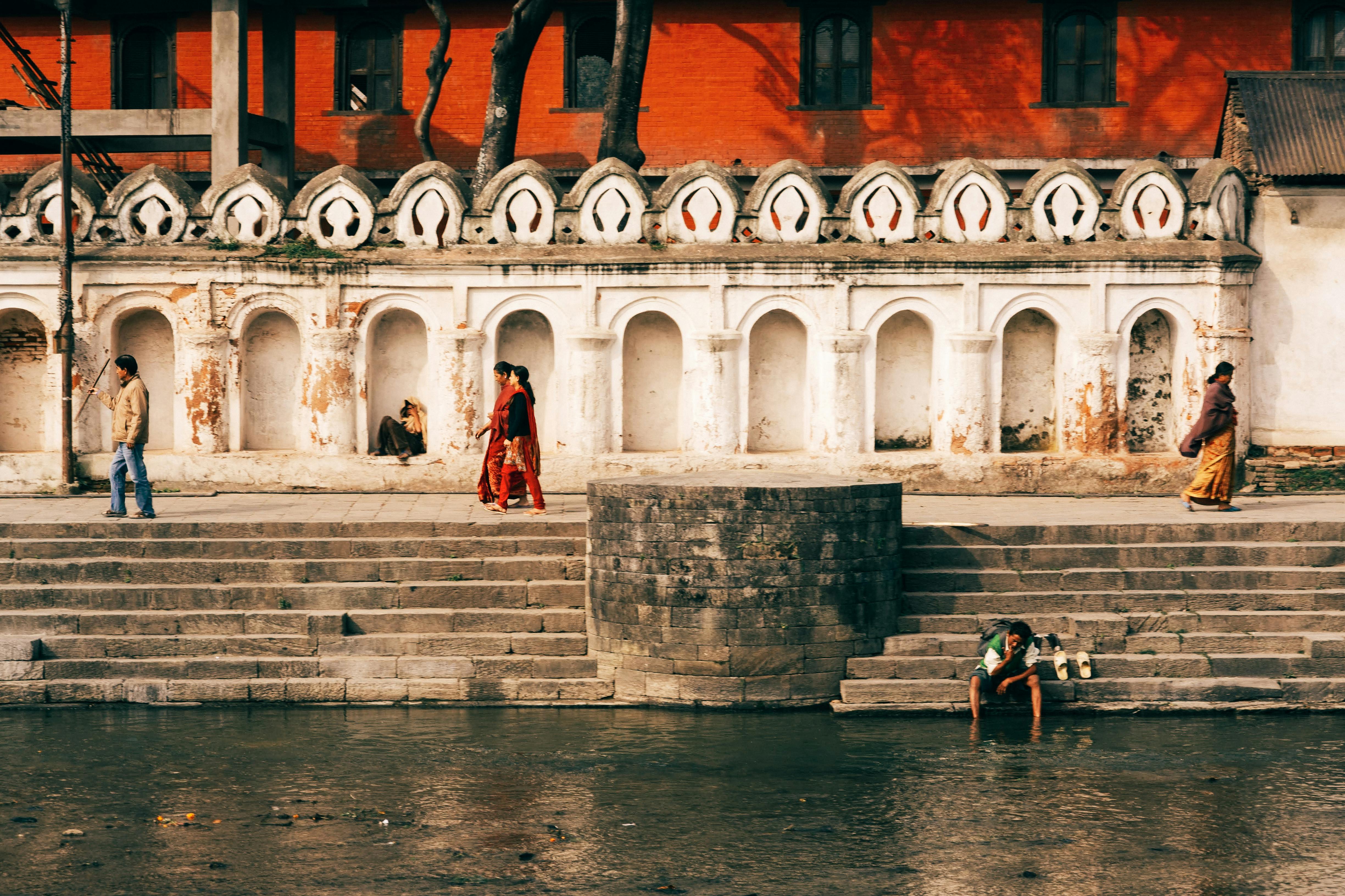After early breakfast day trip to Allahabad. (The city's original name – Prayag, or "place of offerings" – comes from its position at the Sangam (confluence) of the Ganga, Yamuna and Sarasvati rivers. It is the second-oldest city in India, and plays a central role in Hindu scriptures. Allahabad was originally called Kaushambi (now a separate district) by the Kuru rulers of Hastinapur, who developed it as their capital. Since then, Allahabad has been a political, cultural and administrative centre of the Doab region. Mughal emperor Akbar renamed it Ilahabad, which the British changed to Allahabad. In 1833 it became the seat of the Ceded and Conquered Provinces region before its capital was moved to Agra in 1835. Allahabad became the capital of the North-Western Provinces in 1858, and was the capital of India for a day. The city was the capital of the United Provinces from 1902 to 1920 and remained at the forefront of national importance during the struggle for Indian independence.) Overnight in Allahabad. Places of interest HOLY DIP IN SANGAM, Bada Hanuman Mandir, Akshayvat Tree (Akshayavat ("the indestructible banyan tree") is a sacred fig tree mentioned in the Hindu mythology. According to a legend, once the sage Markandeya asked Lord Narayana to show him a specimen of the divine power. Narayana flooded the entire world for a moment, during which only the Akshayavat could be seen above the water level.) & Anand Bhawan (Birthplace of first Prime Minister of Independent India Pt. Jawaharlal Nehru).

